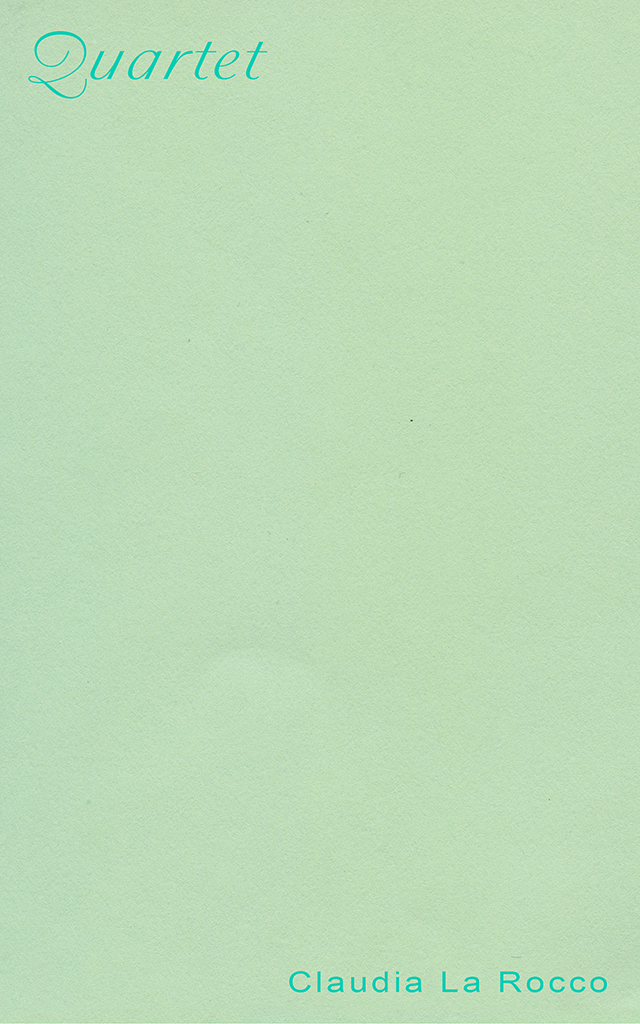In the dream it’s a ballet festival or a symposium. I have very fragmented memories but—there were lots of pieces that we saw, I think premieres and, I was at a bar or somewhere with, like, [crow calling], one of those restaurants that isn’t very satisfying where you end up between performances. Even now I might be editorializing. But. I do remember very clearly that Christopher … Wheeldon was [crow] I almost called him Christopher Walken [slight laughter] I was eating with Christopher and Douglas Crimp was at a nearby table and I just remember, “Oh, Douglas can, Douglas saw it, Douglas can explain it to me or he can explain myself to me if I am writing something [crow] doesn’t make sense that I need help with.” I woke up missing him terribly. He’s not somebody I was good friends with but that sort of intimacy that develops when you go to see the same type of[sand crunching] over and over again, year after year, and you see the same people in the audience, and often they’re not the people that you, you know, are closest to in the world, your partners, your best friends, your relatives. They’re the people who also love this thing that you love. So, it is this sort of parallel intimacy and closeness, because you also can’t sometimes share these things fully with the people you are intimate with in other ways. If you’re lucky you can. Or maybe not if you’re lucky, maybe you don’t want to, maybe it’s delicious to have this other world and place. And anyway. Yeah … Douglas and Bill and Sam. Well, Douglas and Sam were that. Bill and Kevin were something else [wind]don’t know, is there any frame for these four men, except that they all died in the span of three years?

Quartet
Claudia La Rocco
October 2020
Of all the writers I know, Claudia La Rocco is the writerest.
Kristen Kosmas
An elegy to four critical and poetic minds—Bill Berkson, Douglas Crimp, Kevin Killian, Sam Miller—Quartet is also a meditation on ancestors, on how those who are no longer here affect our way of being, of writing, of moving through the world. Poet, novelist, writer of and on performance Claudia La Rocco weaves fragile threads of acquaintanceship and intimacy into a chamber piece of voices, attitudes, and gestures of attention, spurred on by the restless interplay of present, past, and page. Quartet’s motifs run unpredictably along our sociality’s frayed edges, seeking connections in the questions we’re left with after the passing of lives and eras, inescapably edged by legacies of privileged belonging.
This pamphlet is part of UDP’s 2020 Pamphlet Series: twenty commissioned essays on collective work, translation, performance, pedagogy, poetics, and small press publishing. The pamphlets are available for individual purchase and as a subscription. Each offers a different approach to the pamphlet as a form of working in the present, an engagement at once sustained and ephemeral.
About the Author
Claudia La Rocco is the author of the selected writings The Best Most Useless Dress (Badlands Unlimited), the chapbook I am trying to do the assignment ([2nd Floor Projects]), and the sf novel petit cadeau (published by the Chocolate Factory Theater in print, performance, and digital editions). Her work frequently involves interdisciplinary projects; collaborators include the visual artist Anne Walsh, the choreographer Michelle Ellsworth, and the musician/composer Phillip Greenlief, with whom she is animals & giraffes, an ongoing experiment in improvisation. She has received grants and residencies from the Doris Duke Charitable Foundation, Creative Capital/Warhol Foundation, and Headlands Center for the Arts, among others, and has writing in numerous publications and anthologies, including The New York Times, where she was a critic and reporter from 2005-2015. La Rocco is Editorial Director of the San Francisco Museum of Modern Art’s live and online commissioning platform Open Space.
Praise
In Quartet every paragraph seems an effort at ceremony, the words of dead friends are treated as haunted statuary, and random narrations of daily living are weighted with emblems of the occult. Sometimes the luster is found in the editing, or the fact that La Rocco casts an impossibly wide gaze. Her words can feel more like video footage, sharp, available and bordering on surveillance.
Cedar Sigo
Praise for Previous Work
Similarly, her poems resist the neatly tied package. In both “Hinge and Straighten” and “Good Fortune” she asks, “Why do we repeat?” The repetition of this very question reveals the exploratory nature of La Rocco’s art—that things can be revisited and reinvented, and that the art is in the asking, not in the answers themselves. In fact, The Best Most Useless Dress asserts, over and over again through its wanderings, that paring away ambivalence in order to take a definitive stance is dishonest, and work that celebrates that kind of polished artifice is inherently less human. The closing poem in the collection, “The bad cat came and I chased him away,” reaffirms this: “I love you, though, cat. / It’s a new form of uncertainty.” The strength of the book lies very much, and very comfortably, in this place of uncertainty.
Cherry Pickman, The Miami Rail
I bought Claudia La Rocco's petit cadeau at The Chocolate Factory's booklaunch in Brooklyn, NY. I can't believe I missed the performance in 2015. A sci-fi experimental monologue/novella about a sexbot who goes across the country to escape her maker, the book is rife with metaphors for our times, an invitation for sexual empowerment, a revelry of car chases and old diners in the middle of nowhere. It's transgressive in the face of sexual shame, and full of raw and unabashed expressions of pleasure and the fight for freedom. Get this book. I devoured it.
Tanya Marquardt
In the News
Links
Publication Details
ISBN: 978-1-946433-52-7
Pamphlet
Saddle-stitched. 40 pp, 5 x 8 in
Publication Date: October 15 2020
Distribution: Asterism Books (US), Inpress Books (UK)
Series: 2020 Pamphlet Series